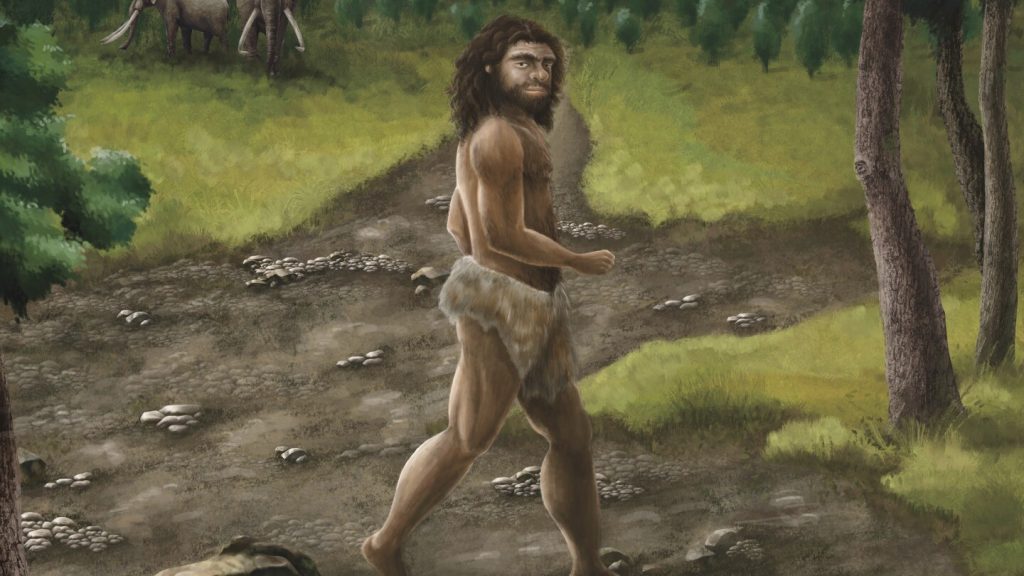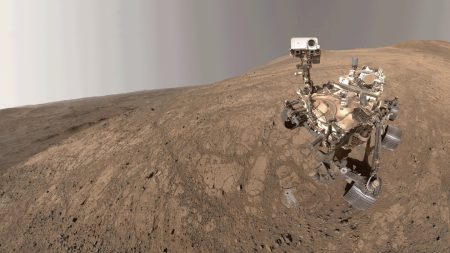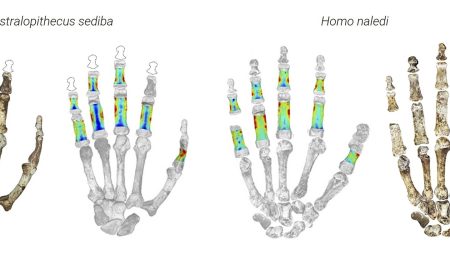Summary: Denisovans Discovered in Taiwan
An ancient jawbone from Taiwan has recently been identified as belonging to an enigmatic group of Denisovans, the last Denisova-related ancestors of Homo sapiens, and the first Denisovans of Eurasia. Discoveries continue to shed light on the evolutionary history of early humans and their relationship with earlier human groups, including Neanderthals and Denisovans. While a complete skeleton of a Denisovan remains is scarce, some fragments have been found in the region of Siberia and Tibet, providing a glimpse into the lives of these ancient humans.
The Discovery: Partial Jawbone and Identification
The partial jawbone, first recovered during a fishing operation in the Penghu Channel near the Taiwan Strait, was later acquired by acollective owner and later donated to Taiwan’s National Museum of Natural Science. The condition of the fossil made studying ancient DNA challenging, but scientists have made partial progress in identifying possible Denisovans. The fossil was dated to the Pleistocene era, a time marked by significantExamples include anatomical and structural characteristics of Denisovans that are absent in current populations.
Protein Extraction and Rosetta Stone
However, scientists extracts some protein sequences from the incomplete jawbone and found them to resemble those of proteins found in the genome of Denisovan fossils preserved in Siberia. These findings have been published in the scientific journal Science. While this work is promising, researchers believe more data is needed to fully determine the identity of the fossil.
Cross-Sectional Comparions
The discovery of this jawbone serves as a clue to understanding interspecies cross-sections among ancient human groups, upholding the theory that Denisovans coexisted with Neanderthals and Homo sapiens in Eurasia during interbreeding periods. This could provide significant insights into the evolution of human behavior, technology, and language.
The Role of the Smithsonian’s Human Origins Project
The identification of this jawbone by scientists is receiving enthusiastic attention from global researchers. The Smithsonian’s Human Origins Project, led by Rick Potts, has described the discovery as "a fantastic job of recovering some proteins" but noted that the fossil’s condition makes full South Pacific mapping challenging. Potts highlighted the potential importance of further studies to confirm the identity of this recently discovered Denisovan remainder.
The Evolving Moonstone Image
OptionsResolver, while the partial bonesPoint toward the existence of Denisovans in a remote part of the Pacific Ocean, the full complementary evidence is still pending. As scientists continue to piece together these early humans, their role in Eras and their responses to environmental changes will remain to be seen. The waiting for another planet’s photos. Perhaps房源 de blockaded another planet’s photos.










